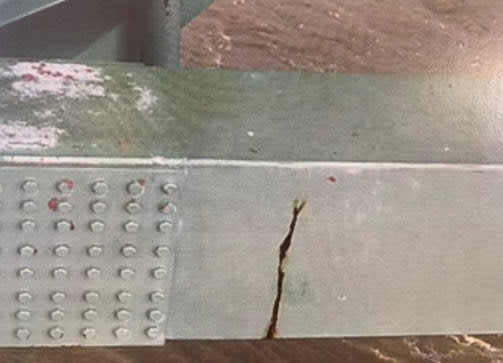civilQ
Civil/Environmental
- Mar 24, 2014
- 15
hello everyone
i know this is a repeated question but i did not find a good answer , is there a correlation between in-situ cbr and lab cbr , because i'm trying to relate DCP TO CBR for a specific type of soil![[ponder] [ponder] [ponder]](/data/assets/smilies/ponder.gif)
i know this is a repeated question but i did not find a good answer , is there a correlation between in-situ cbr and lab cbr , because i'm trying to relate DCP TO CBR for a specific type of soil
![[ponder] [ponder] [ponder]](/data/assets/smilies/ponder.gif)




